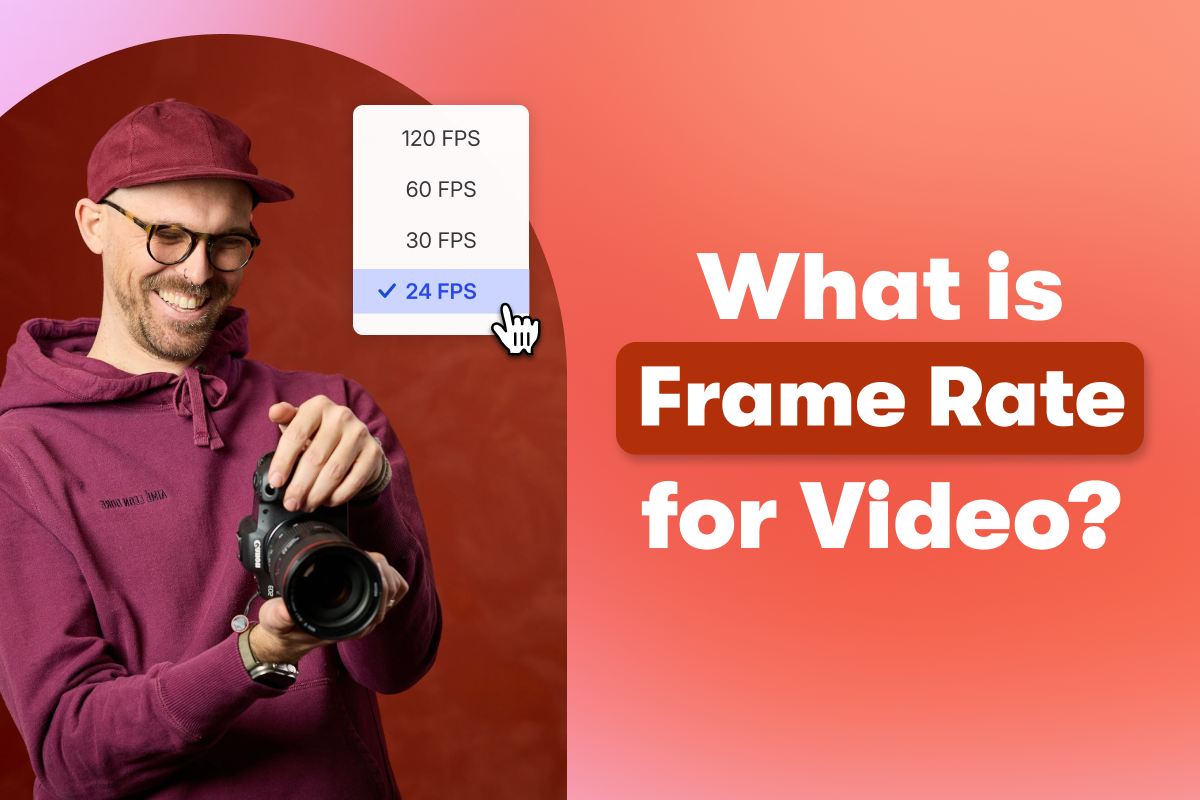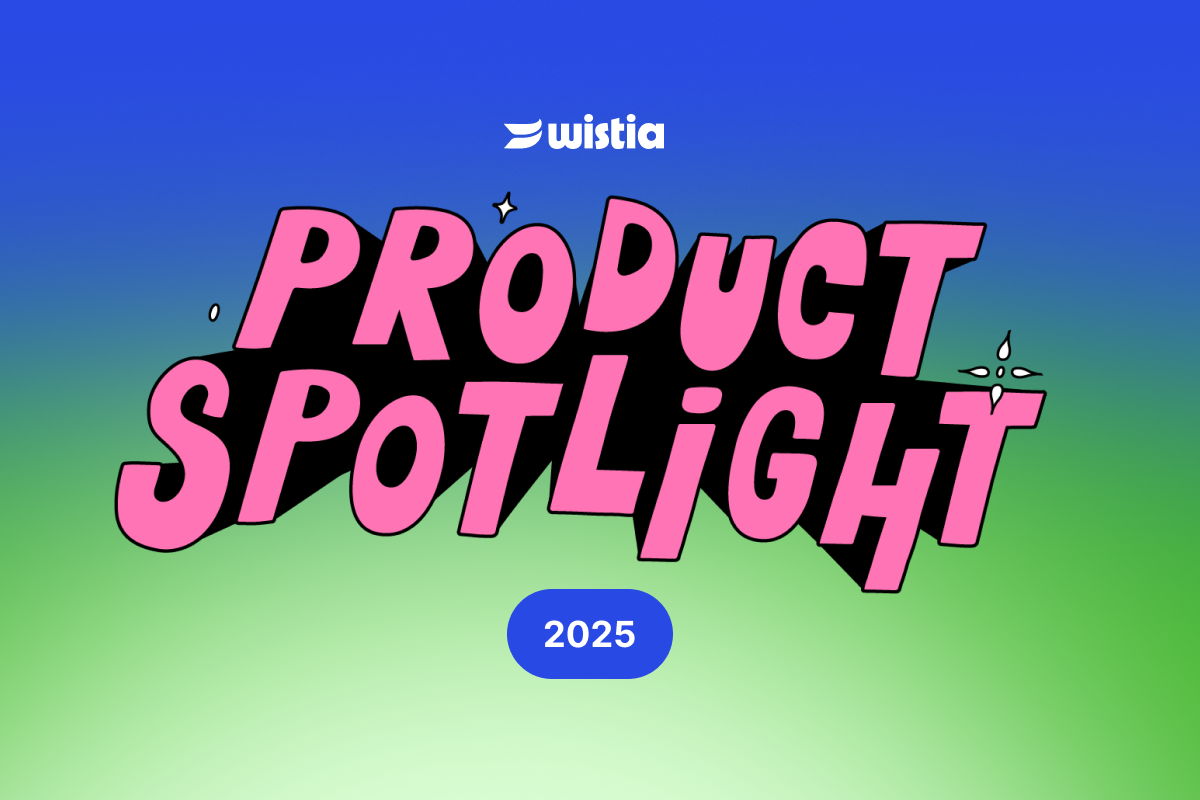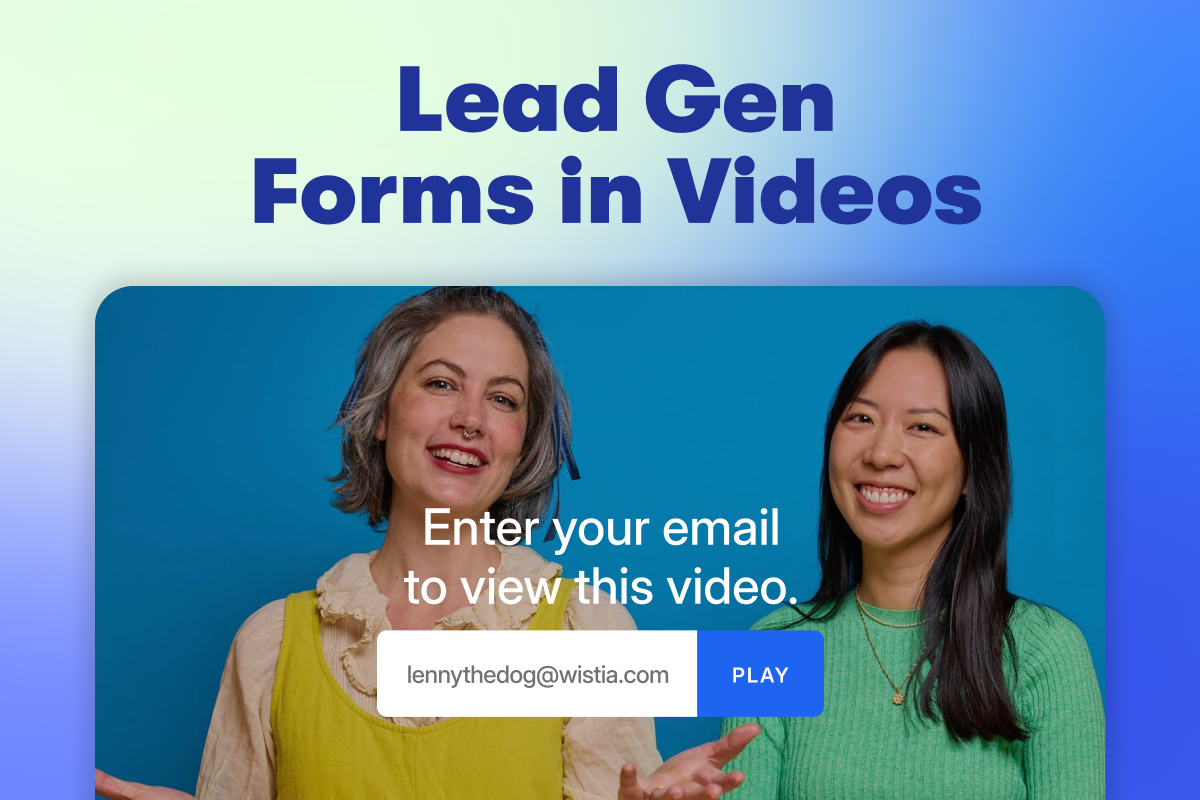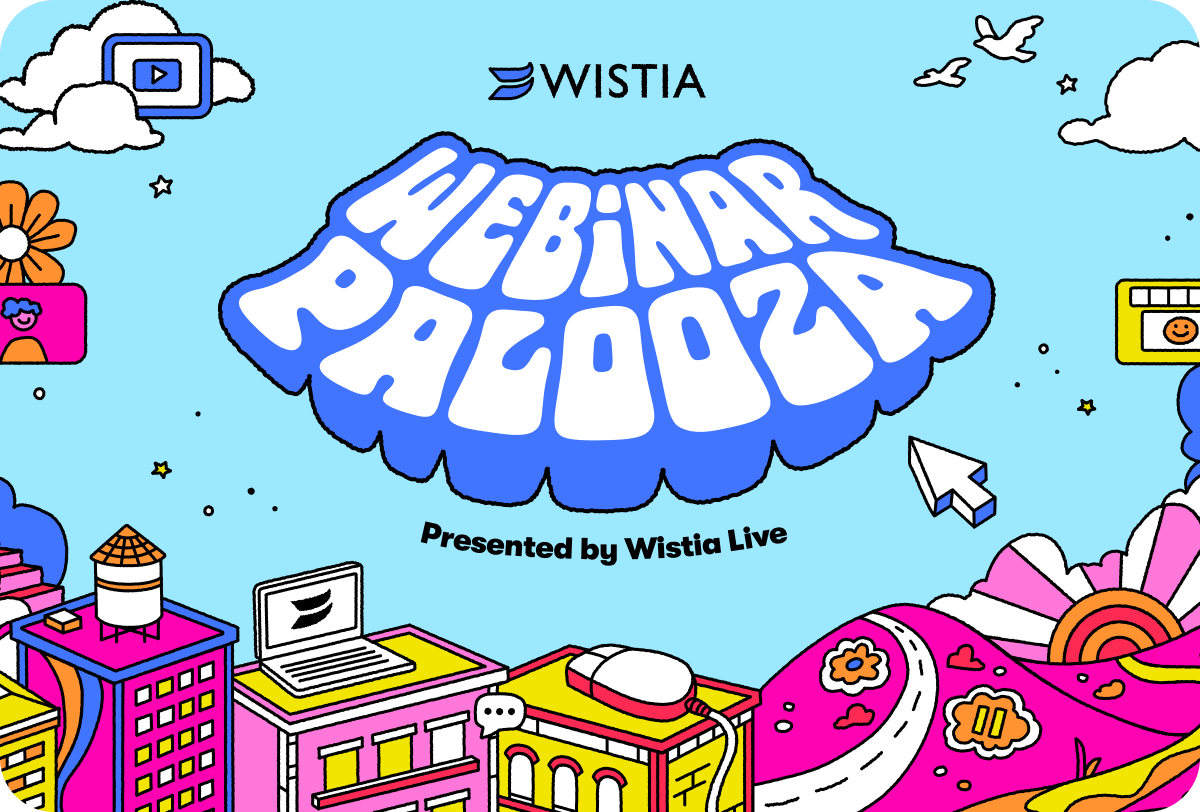How to Ensure Your Marketing is Consistently Creative in 2020
January 2, 2020
Topic tags
Jay Acunzo was angry. As a seasoned marketing professional who had spent most of his career deep in the trenches of the content marketing space, Acunzo couldn’t stand the commodity content and conventional wisdom that started flooding the industry. So, in 2016, he decided to wage a war against it with his own creative agency, Unthinkable Media. He crafted a podcast series called Unthinkable that tells compelling stories about the rare few who buck their industry’s best practices and hone their intuition to do exceptionally creative work.
In two and a half years, Jay shipped over 70 episodes of Unthinkable, attracting over 100 five-star reviews on Apple Podcasts and tens of thousands of social media followers. He even wrote a book called Break the Wheel about ignoring best practices, focusing on what actually works best for you, and prioritizing resonance over reach.
However, despite convincing many in his industry to subscribe to his philosophy and transcend the creation of cookie-cutter content, Acunzo is still frustrated. “Right now, because I’m running a media company for marketers who make shows (Marketing Showrunners), I’m mad at why so much ‘creativity’ and ‘innovation’ in marketing feels like random, one-off stunts,” Acunzo says. “Why can’t we be more consistent?”
As marketers, chances are you’ve asked yourself that question at least once. How can we turn creativity from a swing for the fences to a defining trait? To find the answer to this pressing question, we asked Acunzo and four other creative thinkers in content marketing — Ann Handley, Joe Lazauskus, Jimmy Daly, and Eddie Shleyner — how they hone their creativity to build loyal, passionate audiences. Let’s dig in!
Start talking to your audience
Contrary to popular belief, the information that will help you create the most compelling content isn’t stored in a Google Analytics dashboard — it’s in your audience’s minds. After all, they’re the ones you’re creating content for in the first place.
In the content marketing industry, there isn’t a more passionate supporter of this notion than Joe Lazauskus, the author of the #1 Amazon New Release, The Storytelling Edge, and the Head of Marketing at Contently.
Over the past few months, he’s conducted dozens of what he calls “empathy interviews” with clients and prospects to test his team’s assumptions and develop new solutions for their clients. The goal? To fully empathize with his target market. And it’s paid huge dividends for his team.
“For the first time, I spoke to my clients without an agenda. I wasn’t trying to subtly influence a purchase decision or create their content strategy. I was just listening in an open and empathetic way,” he wrote in a blog post about empathy mapping. “These interviews were the greatest gift I could have gotten. I had two dozen spreadsheets on my computer that told me who our clients were. But these conversations told me how they feel. And suddenly everything — our messaging, positioning, content strategy — became so much clearer.”
Getting constant feedback from your audience not only supplies you with a laundry list of new ideas, but it also helps you truly serve your audience. So if you really want to be consistently creative and get your audience hooked on your content, take a page out of Lazauskus’ book and interact with those who consume what you make, learn about their challenges, and, most importantly, understand them on a deep level.
“Getting constant feedback from your audience not only supplies you with a laundry list of new ideas, but it also helps you truly serve your audience.”
Prioritize creation over ideation
Ask anyone what the most important stage of the creative process is, and they’ll likely say ideation. The best ideas stem from long brainstorming sessions, right? As counterintuitive as it seems, sparking your creative process by creating, rather than ideating, can actually lead to the breakthrough moments needed to make something worthwhile.
“When we want to create great work, it’s tempting to try and gather up all the answers we think we need to justify creating something, but it’s far more effective to create to find your answers,” Jay Acunzo says. “I call this the quest, which is a term I learned from marketing author and speaker Andrew Davis, who helped me see the importance of focusing the creative process on investigation rather than pontification. Think of it as the relentless pursuit of curiosity through research and creation, which I find leads to better breakthroughs than leaning back in a chair and trying to concoct ’the idea.'”
Placing a heavier emphasis on creation during the creative process also helps Eddie Shleyner, founder of one of the best copywriting blogs around, VeryGoodCopy, find the answers that steer his articles in the right direction. “Once I have the topic, I try to write my article as quickly as possible. I just want to get the story and the ideas on paper,” he says. “This usually takes a few hours and gives me the full picture I need to evaluate where I need more words and where I need fewer words. It also helps visualize where I can weave in a story to hook the reader.”
Acunzo’s and Shleyner’s laser-focus on the act of creation speaks to the fact that creativity is a skill. Just like dancing, the best way to sharpen your creative chops and consistently channel your creativity is through practice — not by obsessing over every little move you’ll make.
Fuse your passion into your work
When asked how she decides the topics for her wildly popular newsletter, Total ANNARCHY, Ann Handley, the Wall Street Journal best-selling author and Chief Content Officer at MarketingProfs answered, “What delights me that week. I can’t write about things I don’t care about.”
Passion fuels creativity, generating your best ideas and enabling you to do your best work. And while creating content that specifically appeals to you might not cast the widest net, it’ll resonate with people who have similar interests and help you build a loyal audience.
Just like Handley, Jimmy Daly, a Director of Marketing at Animalz, has relied on his own palate to create a thriving newsletter called Swipe File, which boasts over 4,000 subscribers. “The only real theme in Swipe File are things that I find interesting. I have a bias towards stuff that is really evergreen. If I find something interesting from 2005, it’s going in the newsletter," he says. "I’m also biased towards marketing, writing, productivity, creativity, etc. Swipe File definitely mirrors my personal tastes.”
With their newsletters, Handley and Daly have the creative freedom to write about whatever interests them — liberties most people won’t have when working for a company (though some of us are luckier than others on that front!). Fortunately, you can still fuse your passion into your work and fuel your creativity even while working on the dullest of projects. For example, by bringing your unique self and personal creativity to work, you can invigorate a bland blog post with a story about one of your passions or enliven a dry how-to video with your graphic design or musical skills.
“You can still fuse your passion into your work and fuel your creativity even while working on the dullest of projects.”
Making creativity a defining trait
After waging his war on random acts of creativity, Acunzo told the marketing world, “Today, the mandate of marketers is to hold attention, not ‘grab’ it. As a result, all of marketing needs to be consistently great work instead of one-off spikes in the numbers."
In other words, consistent creativity isn’t a nice-to-have anymore — it’s a must-have. And if we can absorb the lessons that some of the best creatives in content marketing have detailed above, we’ll never stop delighting our audience.






